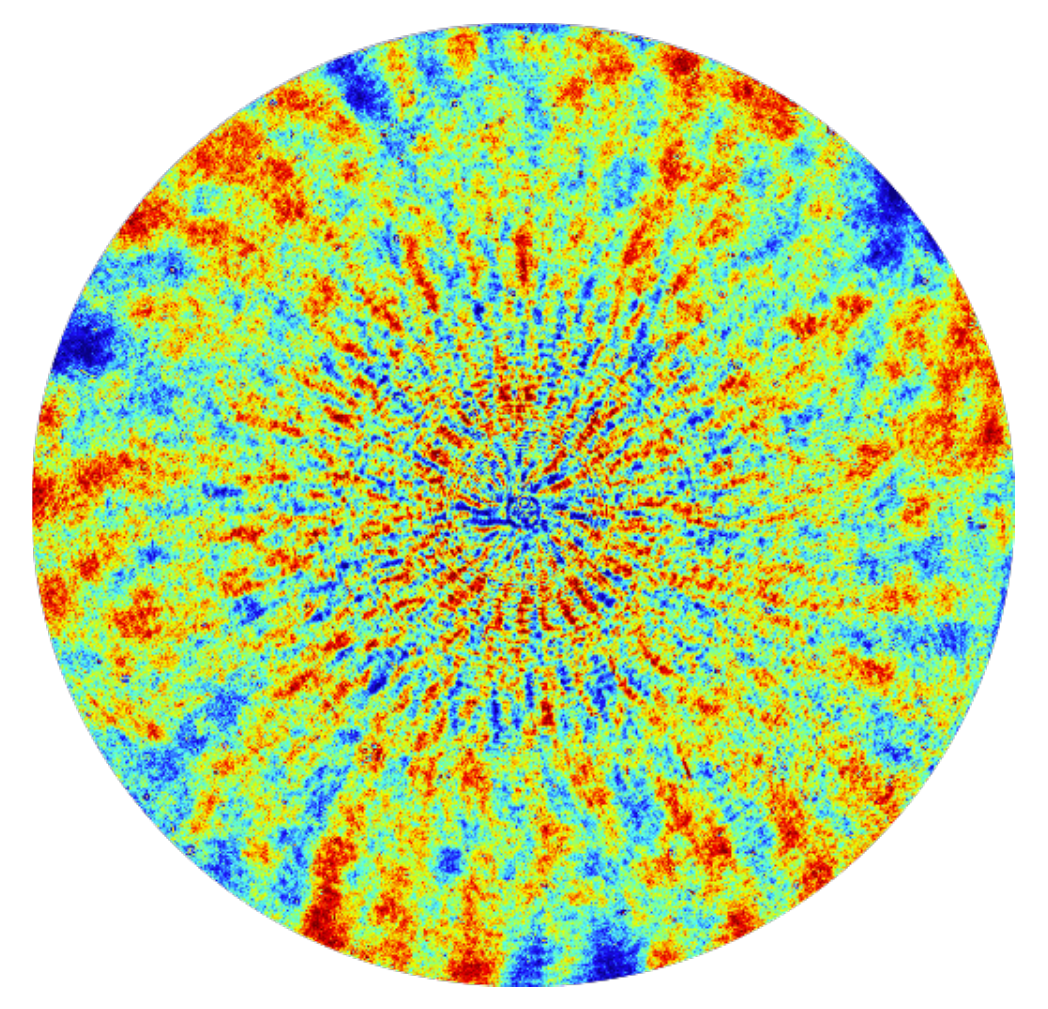Measuring Mid-Spatial Frequency (MSF) is difficult. We have struggled with our vendors to provide adequate MSF control on our optics and high-end optics for semiconductor, high energy laser, X-Ray, and even autonomous vehicles require strict control of MSF’s
Now the Ä9|9MP Fizeau interferometer enables practical Mid-Spatial Frequency measurement. This is accomplish by the combination of high performance optical design, controlling spatial and temporal coherence, and rapid data acquisition during averaging.
An effective Mid-Spatial Frequency (MSF) measurement instrument needs to overlap and fill in the gap between both the form and roughness domains covered by other instruments, while accommodating substantial surface slopes with minimal retrace errors. Furthermore, it must achieve a low noise floor of tens of picometers of surface height accuracy, while remaining user-friendly.The Ä9|9MP fills the required gap spanning the spatial frequency range of 0.2 l/mm to 125 l/mm, see figure below.

For the Ä9|9MP a plano system was chosen, akin to a White Light Profilometer (WLP), but adopting a Fizeau design. A Fizeau design is enabled by ÄPRE’s SpectrÄ source. This architecture also allowed the integration of a super-polished reference flat, minimizing the size and magnitude of MSF errors within the reference optic.
The aim of measuring a surface radius of 120 mm even with a flat reference surface is possible with the 9 mm field of view. For radii <120 mm the field of view decreases, but continues to overlap with the resolution range of advanced Fizeau interferometers. Notably, the design achieves retrace error performance approaching λ/20, even at maximum slopes of 1,200 fringes across the field of view. Crucially, these minute retrace errors fall outside the typical spatial frequency range of Mid-Spatial Frequencies, rendering them filterable and thus inconsequential to the final measurements.
A low noise floor is accomplished by employing short temporal and spatial coherence. Temporal coherence control is accomplished using Spectrally Controlled Interferometry (SCI) technology. Alignment can be performed in the laser, long coherence mode. SCI electronically switches to the short coherence measurement mode. In the short coherence mode interference fringes are isolated solely to the measurement surface. This effectively eliminates interference fringes produced by other surface back reflections. To further eliminate any remaining coherent artifacts a spatial coherence buster is applied. During averaging of measurements spatial coherence is minimized. Thus averaging both removes speckles and spurious fringes, and other noise sources to minimize the measurement noise floor. This unique combination simulates the performance of a white light source within a Fizeau interferometer setup.
To achieve picometer noise floor measurements averaging is required. The Ä9|9MP system can acquire data with vibration tolerant Phase Measurement or Synchronous Phase acquisition. Both are electronically controlled by the spectrally controlled source. Synchronous phase acquisition is enabled by the SCI’s continuous and \textit{limitless} phase shifting, independent of cavity length. Consequently, it enables averaged acquisitions at over 10 times the speed of conventional methods, only limited by the camera’s frame rate. Averaging numerous frames of data can be performed rapidly, reducing measurement time significantly. Spectral Synchronous Phase acquisition is one more unique feature of SCI technology.
The Ä9|9MP is available in a fully automated system, or a bench top model.
